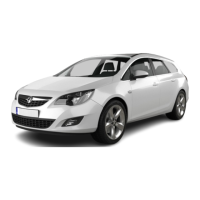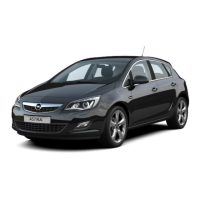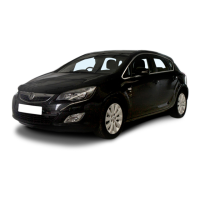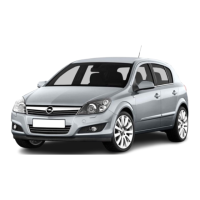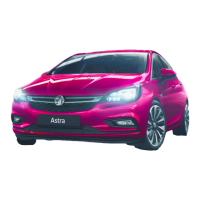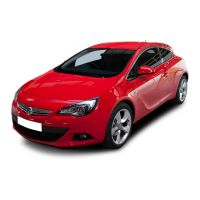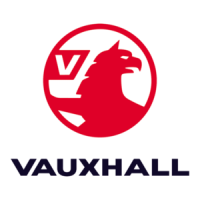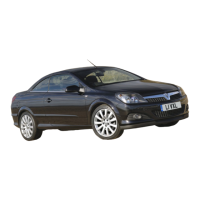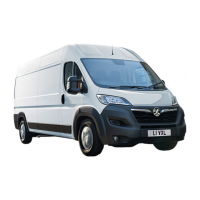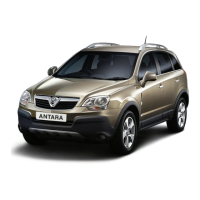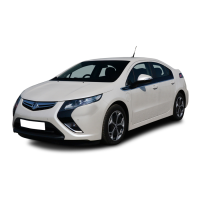46 Seats, restraints
Child restraint installation locations
Installation of universal, ISOFIX and i-Size child seats
As required by European regulations, this table gives the options for installing child seats secured using the seat belt and
universally approved as well as the larger ISOFIX and i-Size child seats on seat positions equipped with ISOFIX mountings
in the vehicle.
Yes : Suitable for fitment of the designated category of the child restraint system.
No : Not suitable for fitment of the designated category of the child restraint system.
Front passenger seat Rear outer seats Rear centre seat
Position compatible with a universal child seat
1)
Yes
2)
3)
4)
5)
6)
Yes
Yes
7)
Position compatible with an i-Size child seat No Yes No
Position equipped with a top-tether fixing No Yes No
Carrycot type of child seat No No No
Rearward facing ISOFIX child seat No
R3
8)
9)
No
Forward facing ISOFIX child seat No
F3
9)
No
Booster child seat
B3
9)
10)
B3
9)
B3
9)
10)
1)
Universal child seat: chiId seat that can be installed in all vehicles using the seat belt.
2)
To install a rearward facing child seat at this seat position, the front passenger's airbag must be deactivated OFF.
3)
Only a forward facing child seat is authorised at this seat position with the front passenger's airbag activated ON.
4)
Put the front seat to the rearmost and upmost position.
5)
Adjust the seat backrest inclination as far as necessary to a vertical position to ensure that the seat belt is tight on the buckle side.
6)
Move the seat forward and adjust the seat backrest inclination as far as necessary to ensure that the seat belt runs forward from the
upper anchorage point to the child seat.
7)
A child seat with a support leg must never be installed on the centre rear passenger seat.

